If you’re reading this, I’m willing to bet you’ve got a Bakflip tonneau cover that’s been your trusty companion on many adventures.
But even the toughest covers need some love now and then.

Maybe you’ve noticed a squeaky hinge, a loose clamp, or you’re just looking to give your cover a little upgrade.
Well, you’ve hit the jackpot! I’m here to walk you through everything you need to know about Bakflip tonneau cover parts.
From those sleek aluminum panels to the tiniest nuts and bolts, I’ll dive into each component, helping you keep your tonneau in showroom condition.
So, buckle up (or should I say, clamp down), and let’s get rolling!
The Heart of Your Tonneau: Aluminum Panels
Let’s start with the stars of the show – the aluminum panels. These bad boys are what make your Bakflip cover so darn tough.
They’re like a suit of armor for your truck bed, keeping your cargo safe from whatever Mother Nature throws at it.
Now, I know what you’re thinking. “Aluminum? Isn’t that stuff kinda flimsy?” Not these panels, my friend.
Bakflip uses a special aluminum alloy that’s both lightweight and strong. It’s like the superhero of metals!
But even superheroes need a little TLC sometimes. If you notice any dents or scratches on your panels, don’t panic. Most of the time, a little buffing can take care of minor scuffs.
For bigger issues, you might need to replace a panel. The good news?
It’s usually pretty straightforward to swap out a damaged panel without replacing the whole cover.
Pro tip: Keep those panels clean! A regular wipe-down with a mild soap and water solution will keep them looking sharp and prevent any buildup that could cause issues down the road.
The Unsung Hero: The Hinge System

Next up, we’ve got the hinge system. If the panels are the muscle of your tonneau, the hinges are the joints that keep everything moving smoothly.
They’re like the knees of your cover – you don’t think about them much until something goes wrong!
The hinge system consists of two main parts: the hinge seals and the hinge pins. The seals keep water and debris out, while the pins allow the panels to pivot.
If you start hearing squeaks when you open or close your cover, it’s probably time to show your hinges some love.
A little lubricant can go a long way here. I like to use a dry silicone spray on my hinges every few months.
It keeps things moving smoothly without attracting dirt like some wet lubricants can.
If you notice any tears in your hinge seals, replace them pronto. Water sneaking in through damaged seals can lead to bigger problems down the line. Trust me, a little prevention here can save you a big headache later!
Keeping It Tight: The Perimeter Seal Kit
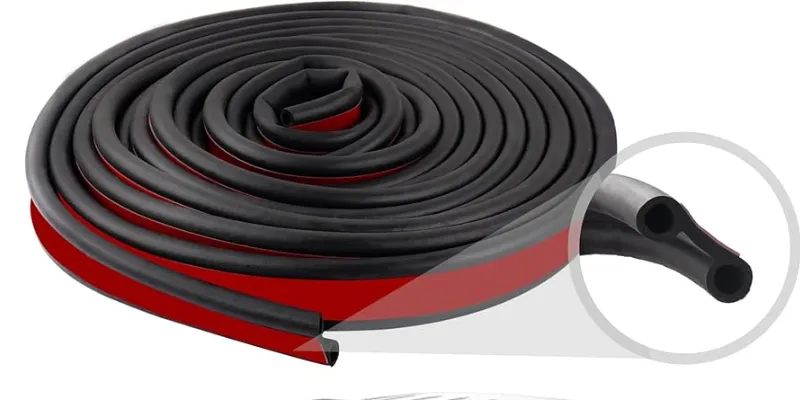
Alright, let’s talk about something that doesn’t get enough credit – the perimeter seal kit.
This unassuming strip of rubber is your first line of defense against leaks. It runs around the edge of your cover, creating a watertight seal when everything’s closed up.
Over time, this seal can get worn or damaged, especially if you’re opening and closing your cover a lot (and why wouldn’t you be?).
If you start noticing water in your truck bed after a rainstorm, the perimeter seal is a good place to start looking for the culprit.
Replacing the perimeter seal isn’t too tricky, but it does require some patience.
Take your time and make sure it’s seated properly all the way around. A good seal means dry cargo, and that’s what we’re all after, right?
The Dynamic Duo: Cab Seal and Tailgate Seal
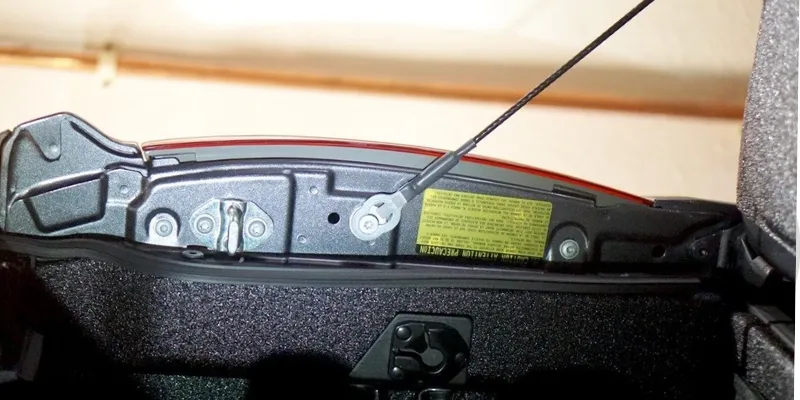
Working hand in hand with the perimeter seal are the cab seal and tailgate seal.
These guys are like the bouncers at a club, keeping water from sneaking in at the front and back of your truck bed.
The cab seal sits right up against your truck’s cab, while the tailgate seal… well, you can probably guess where that one goes.
Both of these seals can take a beating over time, especially if you’re frequently loading and unloading cargo.
If you notice any gaps or tears in these seals, it’s time for a replacement.
They’re usually pretty easy to swap out, and the difference in water protection can be night and day.
Riding the Rails: Side Rails and Their Components
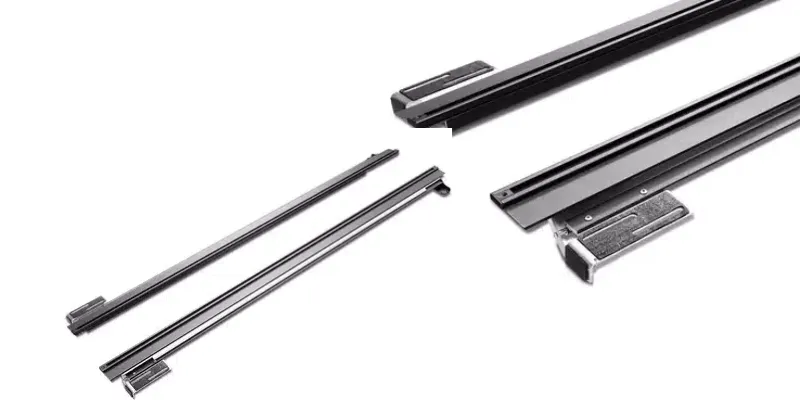
Now, let’s slide on over to the side rails. These are the tracks that your tonneau cover rides on, keeping everything aligned and secure.
They’re like the guardrails on a bowling alley – keeping your cover rolling straight and true.
The side rails have a few key components:
- Rail caps: These cover the ends of the rails, giving everything a nice finished look.
- Rail weatherstripping: This helps create a tight seal between the rails and your truck bed.
If your cover starts feeling loose or wobbly, check your rails. Sometimes a simple tightening of the mounting hardware can solve the problem.
If you see any damage to the rails themselves, it might be time for a replacement.
Don’t forget to keep those rails clean! A buildup of dirt and grime can make your cover harder to open and close.
A quick wipe-down when you wash your truck can keep everything sliding smoothly.
Clamping Down: The Clamp Kit
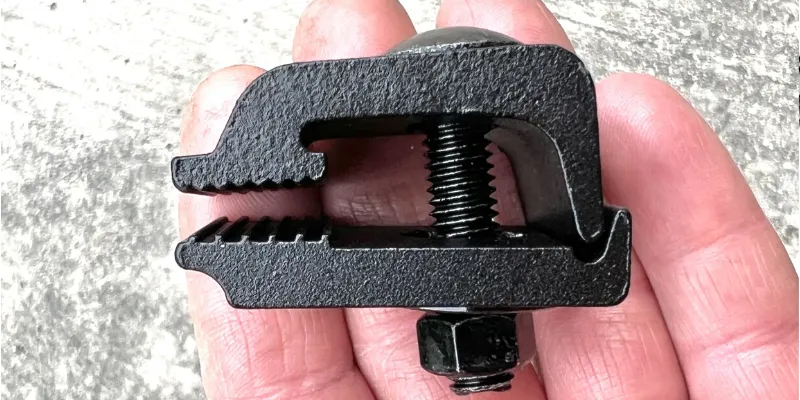
Alright, let’s get down to brass tacks – or in this case, clamps. The clamp kit is what keeps your tonneau cover attached to your truck.
It’s like the roots of a tree, keeping everything grounded and secure.
Your clamp kit typically includes:
- Clamps: These bad boys grip onto your truck bed.
- Clamp bolts: They tighten the clamps down.
- Clamp nuts: These work with the bolts to keep everything tight.
If you start noticing your cover feeling loose, or hear any rattling while you’re driving, it’s a good idea to check your clamps.
Sometimes they can work loose over time, especially if you’re driving on rough roads.
Tightening your clamps is usually pretty straightforward. Just be careful not to overtighten – you don’t want to damage your truck bed or the cover itself.
Prop It Up: Prop Rods
Next on our tour of tonneau parts, we’ve got the prop rods. These are like the arms that hold up the hood of your car, but for your tonneau cover.
They let you prop up your cover when you need full access to your truck bed.
Prop rods are pretty simple, but they do a big job. If yours are bent or damaged, it can make it a real pain to keep your cover open.
The good news is, they’re usually pretty easy to replace if needed.
One thing to keep in mind – always make sure your prop rods are securely in place before leaving your cover open.
The last thing you want is for a gust of wind to send your cover slamming down!
Buckle Up: Buckles and Latches
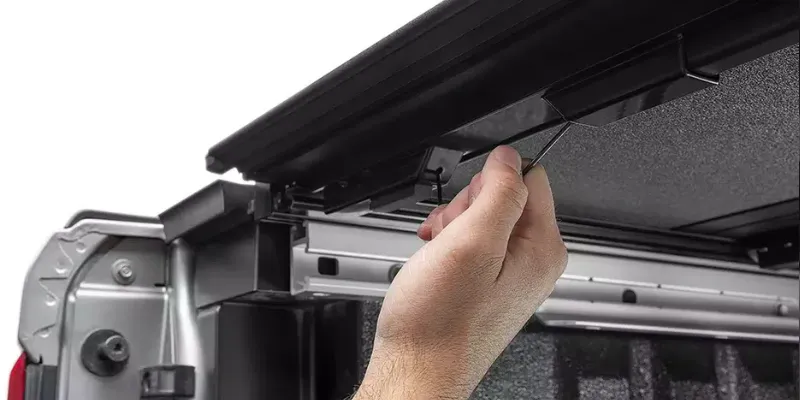
Now, let’s talk about keeping things locked down. Your buckles and latches are like the deadbolt on your front door – they keep your cover secure when it’s closed.
If you notice your cover isn’t latching properly, or if it feels loose when it’s supposed to be locked down, it’s time to take a look at your buckles and latches.
Sometimes a simple adjustment can solve the problem. Other times, you might need to replace a worn-out component.
Remember, a secure cover means peace of mind. Don’t neglect these important parts!
Stay Dry: Drain Tubes
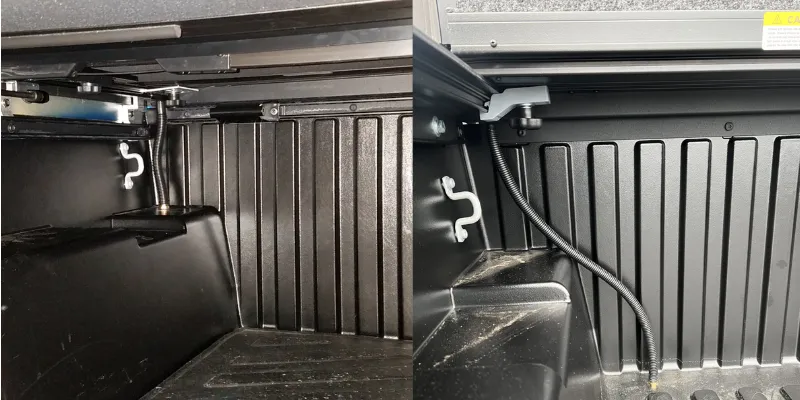
Water is the enemy of cargo, and that’s where drain tubes come in. These little tubes channel any water that does make it past your seals out of your truck bed.
They’re like the gutters on your house, making sure water goes where it’s supposed to.
If you notice water pooling in your truck bed after rain, check your drain tubes. They can sometimes get clogged with debris.
A quick clear-out with compressed air or a pipe cleaner can often solve the problem.
Safety First: Safety Straps
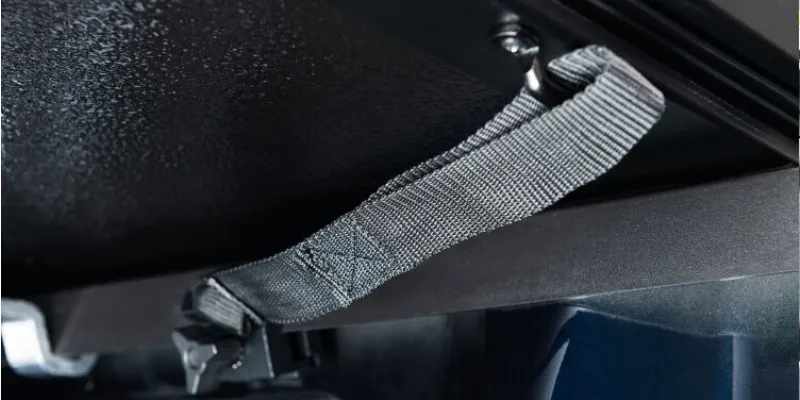
Safety straps might not be the most exciting part of your tonneau cover, but they’re crucial.
They keep your cover from flying open while you’re driving down the highway. Think of them as the seatbelts for your tonneau cover.
If you notice any fraying or damage to your safety straps, replace them right away. It’s a small part that can prevent big problems.
Nuts and Bolts: The Hardware Kit
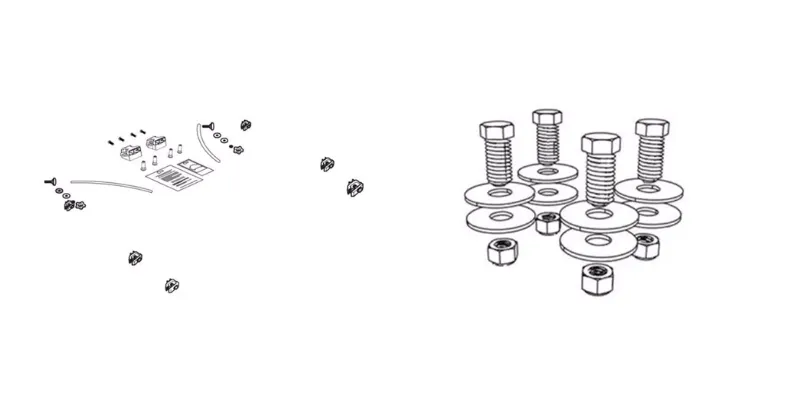
Now, let’s get down to the nitty-gritty – the hardware kit. This includes all the little bits and pieces that hold everything together:
- Mounting bolts
- Washers
- Nuts
These might seem insignificant, but they’re the glue that holds your whole tonneau cover system together.
If you notice any missing or damaged hardware, replace it pronto.
A loose bolt here or a missing washer there can lead to bigger problems down the road.
Smooth Operator: Bump Stops, Release Cables, and Tension Adjustment Screws
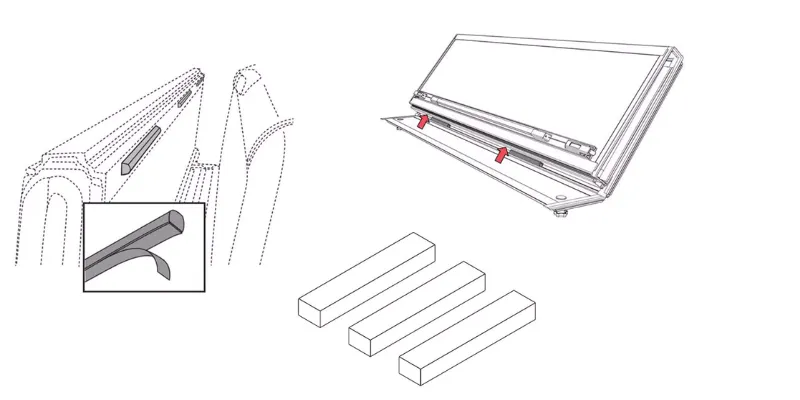
These parts might not be as obvious as some of the others, but they play a big role in how smoothly your cover operates:
- Bump stops: These prevent your cover from slamming down too hard.
- Release cables: On some models, these let you open your cover from the tailgate.
- Tension adjustment screws: These let you fine-tune how tight your cover is.
If your cover isn’t opening or closing smoothly, these are good places to start looking for the problem.
The Finishing Touches: Corner Caps, Center Support Beam, Foam Spacers, and Logo Emblems
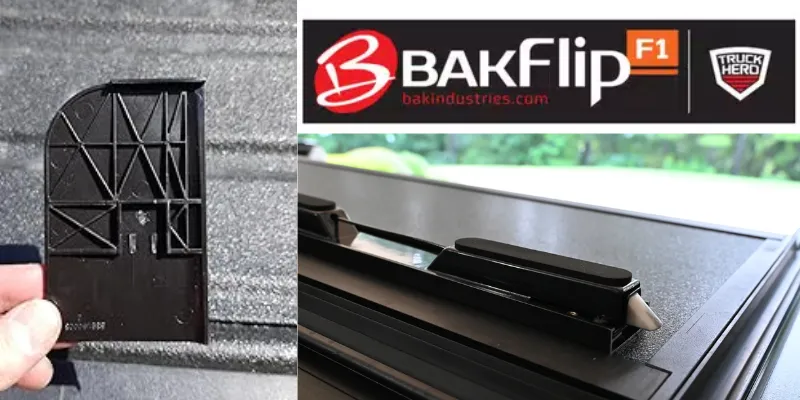
Finally, we’ve got the parts that put the finishing touches on your tonneau cover:
- Corner caps: These cover the corners of your rails for a clean look.
- Center support beam: For longer truck beds, this provides extra support.
- Foam spacers: These help create a tight seal.
- Logo emblems: Because who doesn’t like to show off their Bakflip pride?
While these might seem less important, they all play a role in making your tonneau cover look and function its best.
Final Thoughts
Whew! We’ve covered a lot of ground here, from the big aluminum panels right down to the tiniest nuts and bolts.
Remember, your Bakflip tonneau cover is more than just a sum of its parts – it’s a carefully designed system that works together to protect your cargo and make your truck look awesome.
By understanding each component, you’re better equipped to keep your cover in top shape.
Regular maintenance can prevent a lot of issues, and knowing what to look for can help you catch small problems before they become big ones.
Don’t be afraid to get hands-on with your tonneau cover.
With a little know-how and some basic tools, you can handle a lot of maintenance and minor repairs yourself.
Of course, if you’re ever in doubt, don’t hesitate to reach out to a professional.





I have a backflip ford F-150 cover.
I lost one button nut that gets tightened down by the screw underneath, which I have (there are 2 on each corner, close to the cabin).
Where can I get it?
Thank you
You can find them on Amazon; I added the parts link at the end of the article section for you. You can also find Backflip parts on the RealTruck website.
I have a backflip G-20 ford F-150 the rubber seal that holds the panel together is ripped, worry the panel will fly off truck when driving. can i buy a new seal ?